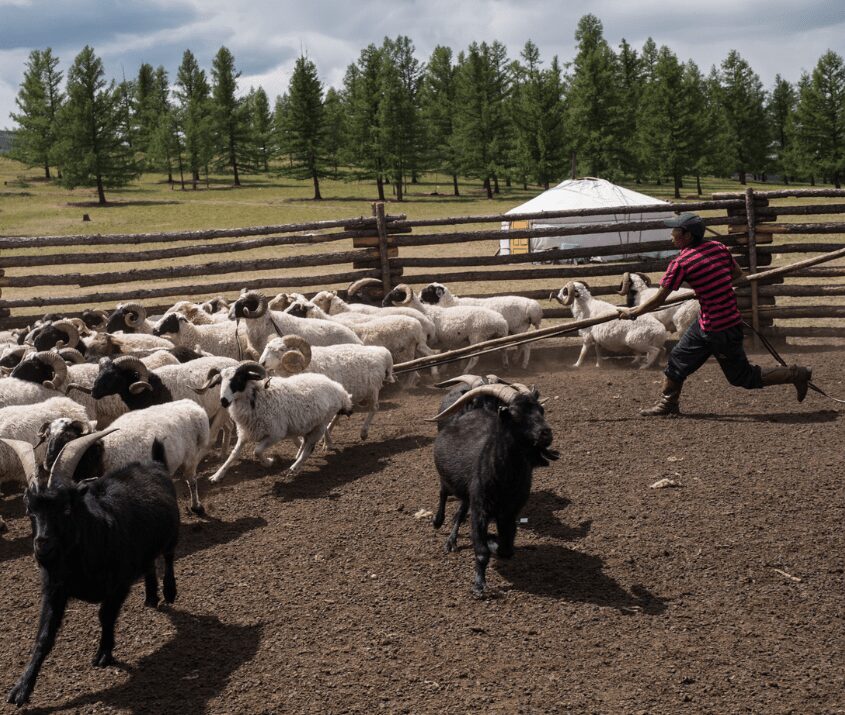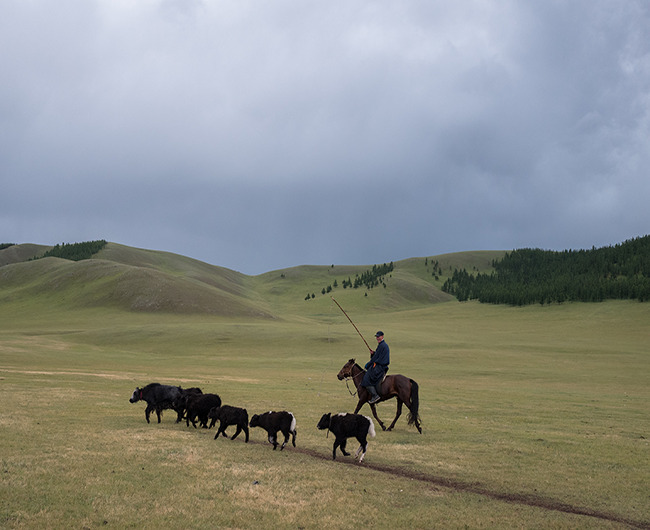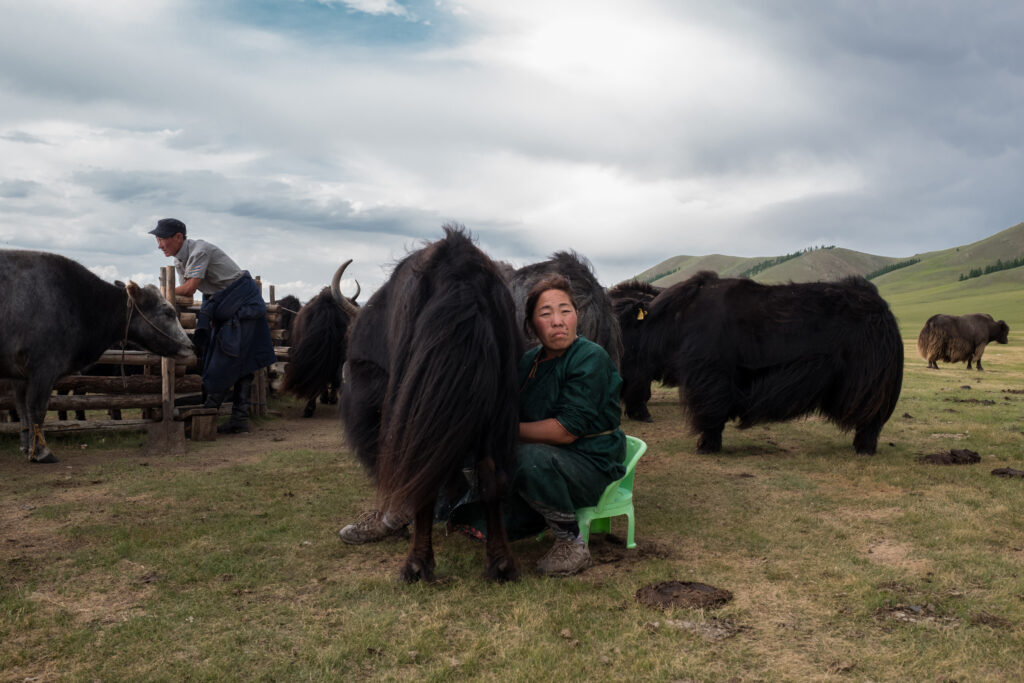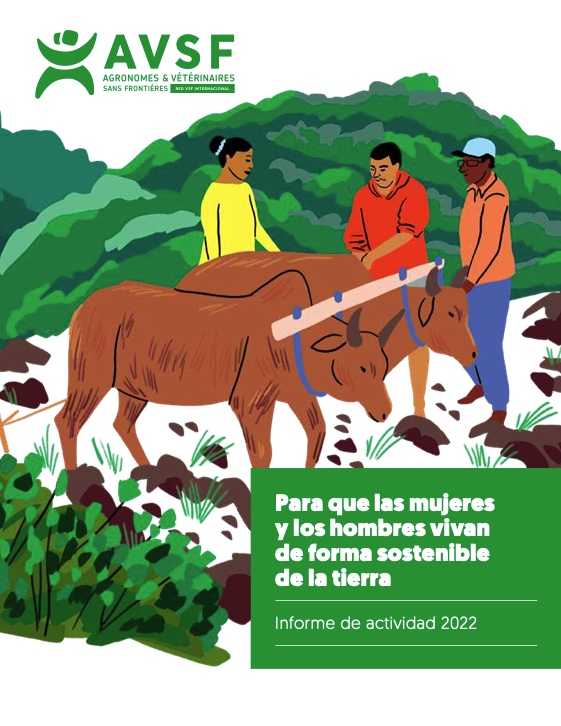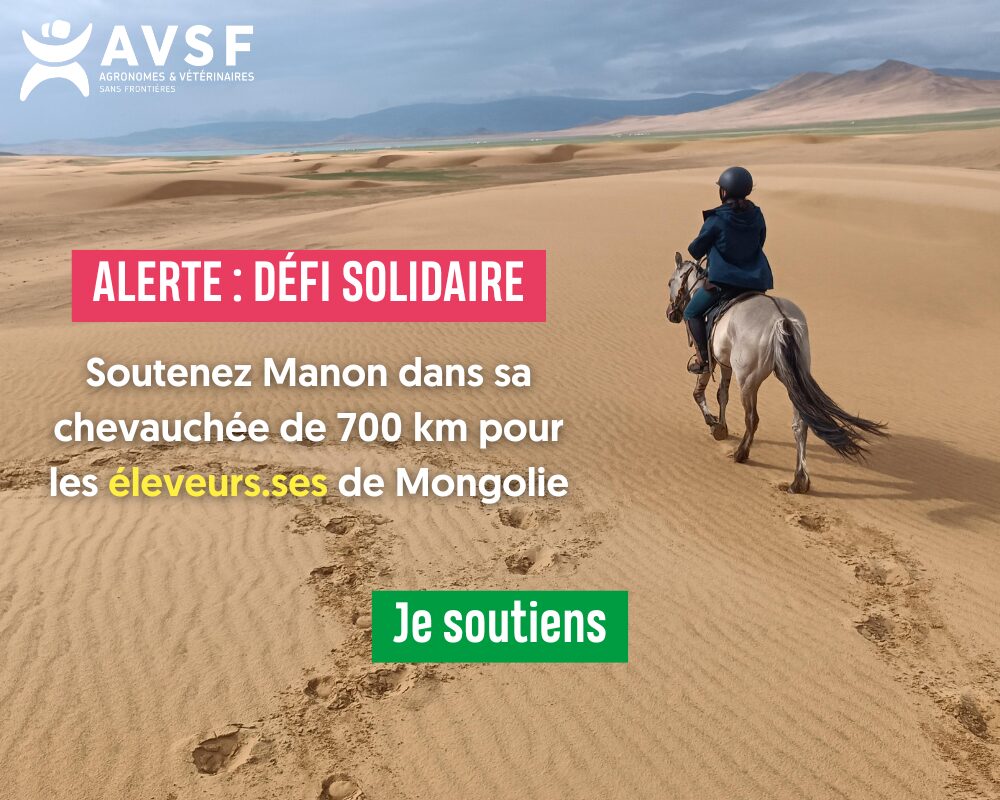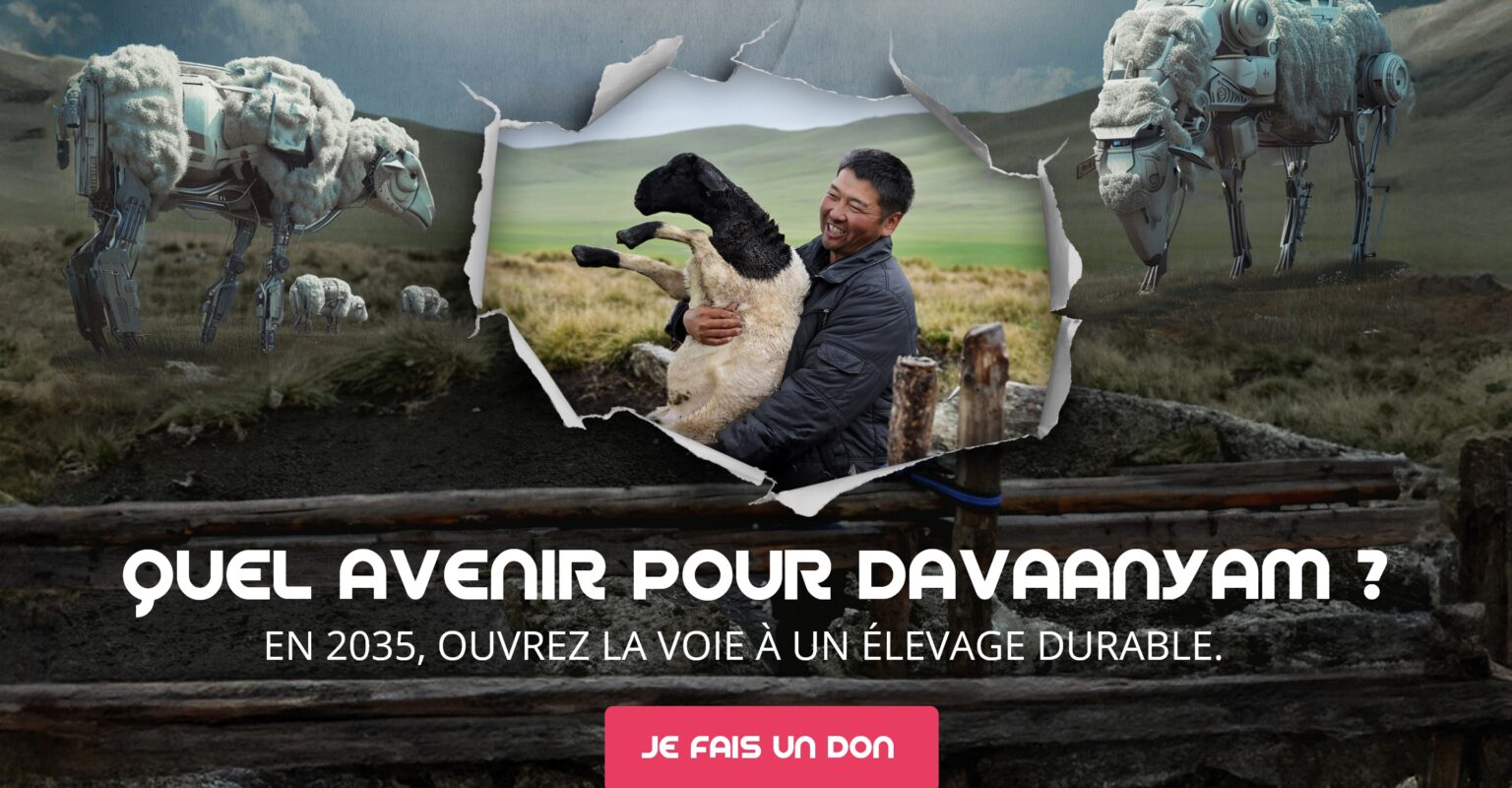Background
30 years after the independence and collapse of centralized economy, Mongolian herders are still in transition towards free market and face difficulties to adjust their productive systems to create value, preserve their natural resources and altogether secure their livelihoods and resilience. Loss of traditional know-how on collective rangeland management, collapsing extension services, lack of market opportunities and dysfunctional value chains have contributed to under-performing livestock sector. These factors have set off a destructive cycle that resulted in lower incomes for and severe degradation of pastoral resources. To address these challenges the project focus on cashmere production, contributing to 70% of herders’ income in average, and that as such provides an efficient lever to initiate change.
Beneficiaries
– 4 500 herders’ households in 7 districts of Bayankhongor province
– 100+ Pasture Users Groups and 7 herders’ cooperatives
– Local authorities
Main actions
To break the abovementioned destructive cycle AVSF is engaging herders’ communities into a more virtuous cycle by encouraging them to adopt sustainable practices that are made visible on Mongolian and international markets by certification schemes. AVSF and its partners provide technical assistance to pastoral communities for establishment and reinforcement of herder’s organizations, collective management of pastoral resources, improved herding practices (animal health, nutrition, welfare & breeding), quality management (incl. traceability), and provision of market linkages. Proof of concept has been achieved during a 1st Phase (2014-2019), and attract increasing attention from public and private stakeholders, in Mongolia and globally. To ensure replication, upscaling and institutionalization of achievements, this 2nd Phase focuses on:
– Consolidating the Sustainable Cashmere framework already established.
– Elaborating of a pilot replication mechanism implemented in 2 new districts of the province.
– Consolidating the Environmental & Social monitoring framework, with a specific focus on rangeland condition metrics and its institutionalization.
– Supporting cooperatives and supply chain financing.
– Inserting Mongolian textile industries in the value chain
– Reinforcing and promoting the certification scheme, to gain national and global recognition from cashmere sector.
Expected results
4 500 herders’ households, mobilized around 110+ strengthened herders’ organizations better able to provide effective services to their members, will benefit of improved livelihoods and restored environment.
® Julie Delzescaux
